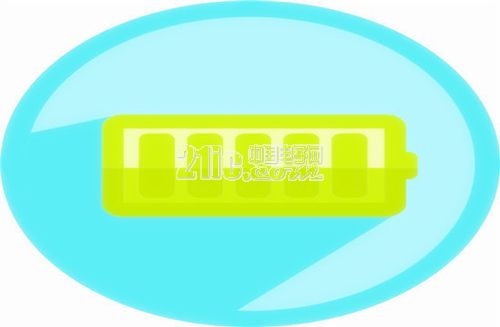In recent years, the development of new energy vehicles has become a powerful driving force, and the core of the power battery market is growing rapidly, more than tripling in just three years. Let’s take a closer look at this topic with our automotive electronics editor.

Note! Opportunity and risk go hand in hand; the “cold†behind the hot power battery.
In the power battery sector, lithium-ion batteries have shown clear advantages, followed closely by nickel-metal hydride batteries. As early as the first quarter of 2014, lithium-ion batteries accounted for 68% of the 1.4 GWh demand, while nickel-metal hydride batteries made up 28%, and solid-state batteries were still in the early stages, accounting for less than 1%.
China has been leading globally in the industrialization of power batteries. Data shows that in 2016, China’s power battery shipments accounted for 65% of the global total. By the end of 2016, the energy density of China’s power battery cells reached 220 Wh/kg, and the price had dropped to 1.5 yuan per watt-hour.
The advancement of battery technology has also driven the growth of new energy vehicles. In 2016, China produced 517,000 new energy vehicles and sold 507,000 units. Domestic sales of new energy vehicles increased by 53% year-on-year. The shortage of power batteries has created business opportunities for many domestic manufacturers, who are now expanding their production capacities.
BYD Qinghai invested in a 10 GWh power battery plant, and a new base with an annual capacity of 10 GWh was launched in Ningde. After the completion of the third phase of the Huhong Power Huzhou project, the production capacity will increase by 11 GWh. A new 4 GWh base is also under construction in Qingdao. From 2017 to the present, over 20 lithium battery manufacturers have announced plans to expand their production.
The influx of capital has led to rapid expansion in power battery capacity. However, with imperfect technology and increased production, low-end capacity has started to overflow. Some companies producing low-energy batteries may find themselves with scrap after technological advancements make these batteries obsolete.
Although domestic power battery capacity has surpassed the demand for new energy vehicles, high-quality batteries are still in short supply. Many companies are facing high pricing pressures, and the industry is experiencing structural overcapacity in mid-to-low-end segments while lacking sufficient high-end capacity.
How can power battery companies reduce costs through innovation? Experts suggest that cutting-edge basic technologies should be entrusted to the state, while companies focus on product development, ensuring battery consistency and quality. This will promote the healthy development of the power battery industry.
Dealing with low-end overcapacity is a major challenge for manufacturers and local governments alike. Battery recycling is becoming a pressing issue. According to estimates, by 2020, battery scrapping will reach a peak, with accumulated waste ranging from 120,000 to 170,000 tons. However, the field of power battery recycling and reuse still lacks both technology and regulations.
The government is taking action. The "Code for the Recycling of Vehicle Power Batteries" will be officially implemented on December 1, 2017, and the "Recovery of Vehicle Power Battery Recycling Use" is expected to be released next year. These measures will help fill the gap in the current recycling market.
Although most power batteries today are lithium-based and considered "green," improper disposal can still cause environmental harm. The organic compounds in these batteries are toxic and carcinogenic, posing serious risks if not disposed of properly.
Power batteries remain a key direction for the future of new energy vehicles, but many challenges remain. We cannot ignore the environmental impact. Only through sustainable development can we ensure long-term progress. When technological breakthroughs occur, the power battery industry will enter a true golden age, and it will take collective efforts to achieve this.
"At the recent Qinghai Lithium Industry International Summit Forum, Li Ping, co-founder and vice chairman of Ningde Times New Energy Technology Co., Ltd., said: 'After five years, the spring of the power battery industry will come. To survive in this spring, we need to create a virtuous cycle throughout the entire industry chain.'"
Let’s keep watching and waiting!
This article is about car electronics—note! Opportunities and risks go hand in hand; the “cold†behind the hot power battery. For more information, please stay tuned. Electronic Engineering will provide you with more complete, detailed, and updated content.
Wire Connector
Our wire and cable requires for product quality certification documents from the supplier, The wiring shall have the factory quality certificate documents, including: certificate of quality (the certificate has the production license number and the "CCC" certification mark), test report and the "CCC" certification certificate; he quality certificate of electric wire shall be the original, if it is a copy, the copy shall be consistent with the original content, with the official seal of the original storage unit affixed, indicating the place where the original is stored, and the signature and time of the handler; The manufacturer shall have the business license of enterprise legal person.
Automotive Wire Connectors,Waterproof Wire Connectors,Wire Connectors,Wire Harness Connectors
Dongguan YAC Electric Co,. LTD. , https://www.yacentercn.com